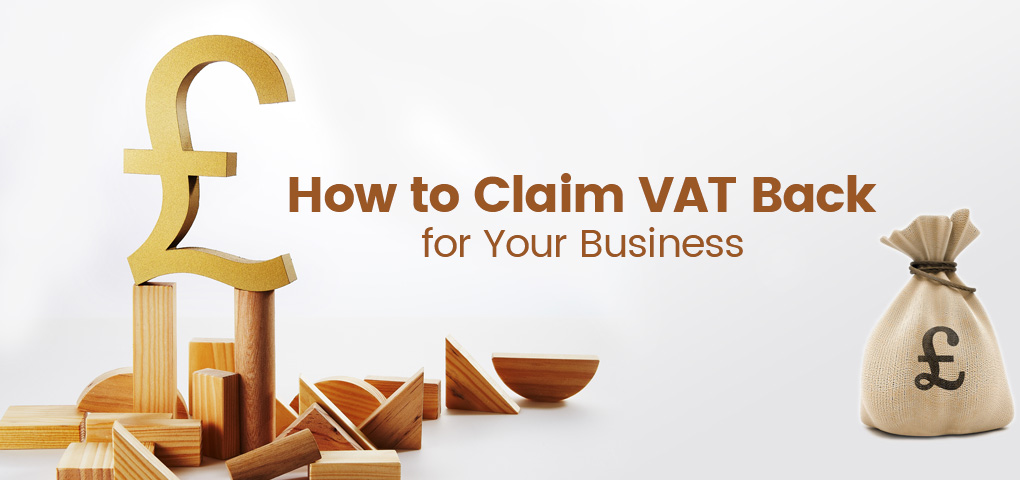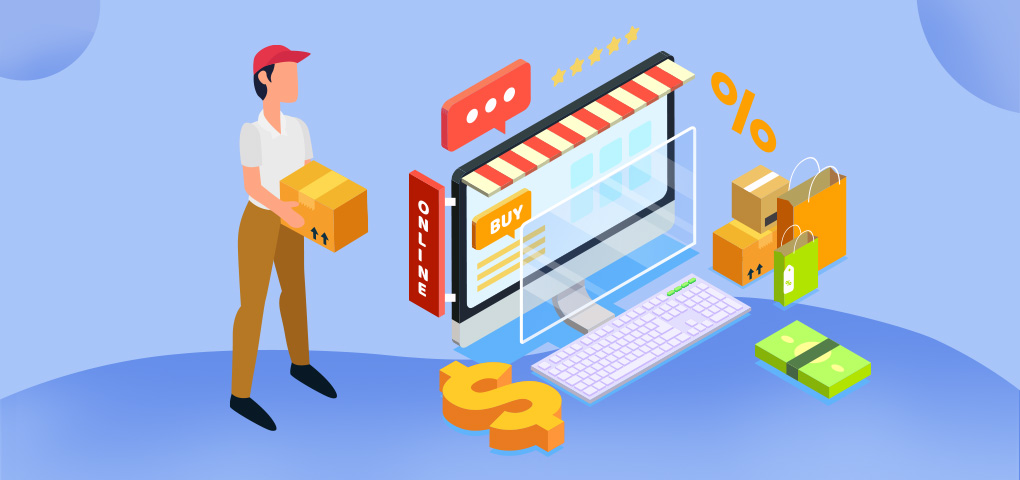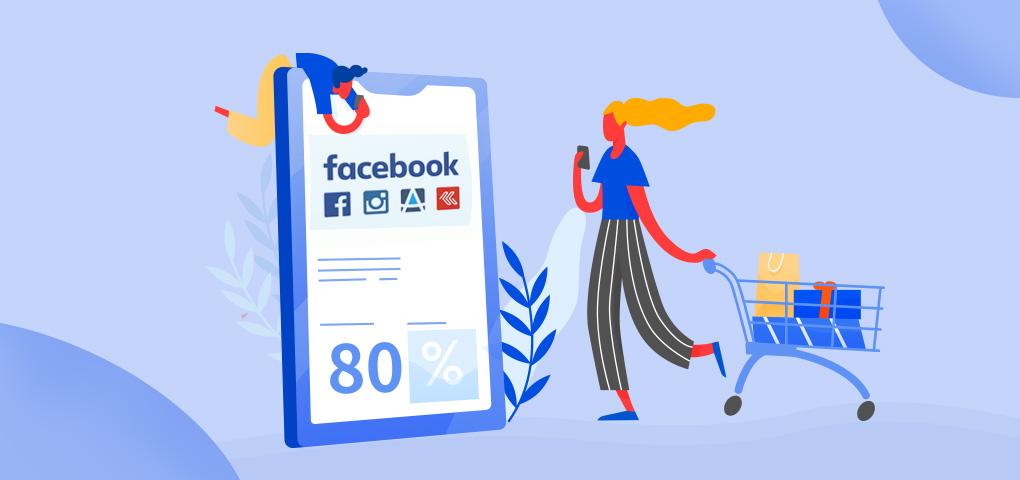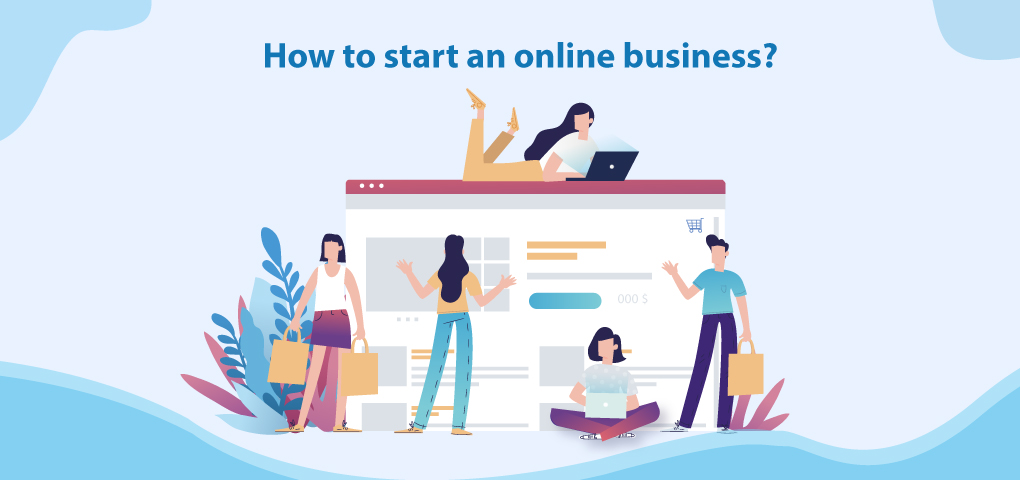Many activities line up in a business, leading to the owners and managers often underestimating VAT's importance on their expenditure. Some organizations are ignorant of the VAT on their cross-border business spending, including transport costs, dinners and miscellaneous expenses. The others may think the recovery process is lengthy and would take too many resources.
The article below highlights some of VAT reclamations' fundamental points to help business owners minimize avoidable loss and revenue leakage.
What You Can and Cannot Claim VAT Back?
It would help to know the items and products whose VAT you can or cannot reclaim. Most government bodies have a comprehensive list of items and conditions which qualify for VAT reclamations.
Generally, organizations can reclaim the VAT on goods or services purchased for business use. However, if the purchase is private or personal, the VAT reclamation is calculated based on the item's business end.
For instance, all business calls are eligible for VAT claims; but if 30% of them are private, the company can only get 30% of the VAT on the service package and cost. You can also reclaim the VAT on utility bills within the office area, and if some of the space goes for private use (in the case of working from home), then the VAT is reclaimable only to the proportion of the business use.
As a result of the occasional calculations, you must keep updated records of payments, usage and estimates on the business proportion of individual goods and service. In addition to that, the VAT filing authorities will demand VAT invoices for verification.
However, there is the push for businesses to file their VAT reclaim applications digitally; keeping a digital VAT record and having a software application to file VAT returns.
There are several items and conditions on which you cannot claim VAT back. Most notably, goods and services solely for private use aren't eligible for VAT reclaim. If the organization uses the good or service to produce VAT-exempt items, it is not suitable for VAT reclamations; some of such products and services include insurance, health and postage services.
Furthermore, you cannot claim VAT on expenditures solely for entertainment in the company, and items under a second-hand VAT margin scheme. If the business takes acquisition of an asset classified as a going concern (that is, it still has resources to operate as expected), it cannot claim the VAT.
How to Claim VAT Back for Business?
Admittedly, VAT reclamation is an intricate process, but only because of the diverse nature of items, product or services for which the business has to file. Below are some of the conditions and procedures on how to claim VAT back in a company.
Process for Reclaiming VAT
The fundamental step for reclaiming VAT on expenses includes completing a VAT return; typically, companies try to claim back VAT quarterly and complete the process online. However, you must make calculations on two main parameters: input and output VAT. The VAT input is the total VAT you pay on goods and services, while output VAT is the full VAT you charge on products.
Your VAT calculation for how much you can reclaim is the subtraction of input VAT from output VAT. That is;
Output VAT – Input VAT = Reclaimed VAT
If the output VAT is greater than the input, the resultant sum is the total VAT amount payable. On the other hand, you are eligible for whatever amount derived when the subtracted input VAT is greater than the output VAT. To make the calculation easy, you remove the more significant value, whichever the case may be.
FAQs on Reclaiming VAT
Q: Can I claim VAT back if I am not VAT registered?
No. The primary condition for claiming VAT back is to be VAT registered. However, there is one exception: a visitor from another country.
Q: Can Charities Claim Back VAT?
Once the charity has fulfilled a VAT registration, it can technically claim back VAT. However, charities generally don't register for VAT, as a larger percentage of their revenue is VAT-exempted. There is a VAT relief for non-VAT registered charities, enabling them to benefit from a partial or full VAT reduction.
Furthermore, companies supplying a charity organization don't need to charge VAT on sales, thereby allowing the charity to make a potential VAT saving at the purchase point instead of claiming back VAT like conventional businesses.
Nonetheless, the charity would have to identify the conditions where a VAT relief applies; it has to do so in conjunction with the suppliers. VAT relief application's responsibility falls on the suppliers, with the charity providing the information on the updated VAT rate on their products.
Q: How Far Back Can You Claim VAT?
Typically, you can claim VAT on goods from as far back as four years before you registered for VAT; the duration is much less for services, with the time frames standing at six months before VAT registration.
The goods you want to claim VAT have to be for business use and taxable as a result. It also has to have been in your possession until the point when you want to claim the VAT. Furthermore, the company has to prove that it purchased the good, and is still the same entity registered for VAT.
Conversely, goods that have left the organization (used up, sold out, etc.) are not eligible for VAT claims at the point of registration. If you also use the goods for VAT-exempt productions, the ineligibility applies as well.
On the other hand, services that are of genuine purchases for the business, and are for business purposes are eligible for pre-dated VAT claims. However, when the given service expires or gets used up on sold goods before the VAT registration, you can no longer claim VAT on it.
Q: How to Keep VAT Records?
What records should be kept?
- Some of the most fundamental papers necessary for VAT claims are the sales and purchase record. They are ubiquitous documents which the business would need for other filings as well. In addition to both papers, organizations would need a separate VAT account for their VAT summaries over the years.
- You have to record the primary company information such as name, VAT registration number, and address.
- You would need to compute your current VAT accounting scheme, and VATs on the goods you supply, hire out or lease as well; these records would fall under the "Supplies made" category.
- VAT on goods incoming to the business has to reflect in the records as "Supply received".
- Should in case you make changes to the VAT returns document, you have to record the changes.
- The "time of supply" and "value of supply" figures have to be in the records for the entire inventory of goods bought and sold in the company.
The governing body typically expects that you file the records for around six years, using electronic or non-electronic means at your disposal.
Tips for VAT record keeping
When keeping the records for VAT claims, it is essential to follow the proper procedure, as it makes the cumbersome process more streamlined, and makes processing faster. Some useful tips to help you as you file VAT records include:
- Pay attention to ordering. It is not enough to have the requisite documents for the taxing authority; you must maintain the proper order between them. It helps with quick and convenient retrieval.
- Keep records of everything: even for conditions that are not VAT-related. It allows the business to escape pitfalls that might nullify a claims application.
- Monitor the VAT account entries, especially the VAT on the sales and purchases side of the sheet. It helps you determine the appropriate transaction type for whether you use a flat rate or cash account scheme.
- Retain your records for much longer than the tax authorities stipulate. Time limits on VAT records are generally around four years, but you can keep your VAT records for 6 to 10 years, and in the case of land and structural property it could take as long as 20 years.
- Don't leave out the record on purchasing activities. It includes credit notes, receipts, original documents for exports and imports. The HMRC would ask for the papers, and accept digital copies, as long as the suppliers’ VAT registration number, VAT rate and tax point appear clearly. Bear in mind that the VAT does not appear on the receipt most of the time; you would have to calculate the VAT on the total receipt value, using the current VAT rate.
Q: How Does Postponed Accounting Work?
Business owners have had to process VAT right at the port of entry; the process has a significant impact on the overall cash flow. However, in January 2021, the UK implemented the postponed VAT accounting, which applies to imports from anywhere worldwide.
What does postponed accounting mean, and how does it work? The postponed VAT accounting's primary objective is to alleviate the negative hit to the cash flow, which an immediate VAT payment would instigate.
Postponed accounting is a form of VAT payment that features in the input-output VAT calculation; instead of the business paying an import VAT on the spot, then making a reclaim subsequently. The tax authorities only provided postponed accounting as a viable alternative to existing VAT payments, and you could utilize it at your discretion.
You'd need to account for import VAT in individually numbered boxes in the form on the tax return. The specific boxes represent the due output VAT, input VAT and total purchase value. It would help if you kept updated digital records for postponed VAT processing.
Q: Can I Reclaim VAT After Leaving Europe/UK?
Yes. The convention is that you're eligible for a VAT claim when the item gets the "export" classification. In the case of Europe, it means that the product has to effectively leave the EU region (that is, to leave the taxable area) for it to be eligible. The same scenario applies to the UK, once the item leaves the borders of the state.
Q: Are There Simplified VAT Schemes?
Yes. You can find VAT schemes based on your business type, and the company's sales volume can clock annually. Below are some of the more common simplified VAT schemes from which you can choose:
- Cash Accounting: in this VAT scheme, the eligibility is for products and services with a total VAT payable turnover of £1.35 million or less, through 12 months. The procedure necessitates VAT calculations on actual cash payments and receipts, instead of invoice dates.
- Annual Accounting: The annual accounting also applies if an estimated VAT turnover in 12 months falls below £1.35 million. It features one VAT return submission per year, and the company making advances VAT payment sometime in the middle of the year. However, you need to understand that the Cash accounting VAT scheme is not the most suitable if you expect regular VAT reimbursements throughout the year.
- Flat Rate: You can opt for the Flat Rate, whose eligibility conditions is that the estimated annual VAT turnover should be £150,000 or below. Under the scheme, both parties would have to pay VAT depending on the given percentage on sale. However, the rate is slightly variable. You get to determine it based on the business type, and the total amount of incurred expenses that fall under the "relevant goods" category. Additionally, the Flat Rate VAT scheme does not permit that you claim the VAT back on regular purchases unless they are capital assets with values of over £2,000.
Wrapping Up
The task of filing a VAT claim can be daunting for the business, and given the recent reforms and changes, you have the uphill task of carefully meeting the individual requirements. The reclaiming VAT guide above aims to help business owners to understand the parameters better and navigate the complicated process.
However, if you would instead focus on your business's other aspects, you could outsource your VAT filings and record-keeping to a reliable agency! Make the call to them for enquiries, questions and suggestions on how to begin your VAT claim filing and processing today.
We hope that this article will be helpful to you! SaleYee Dropshipping Platform is always here to provide you with valuable information to address all you concerns in e-commerce.




